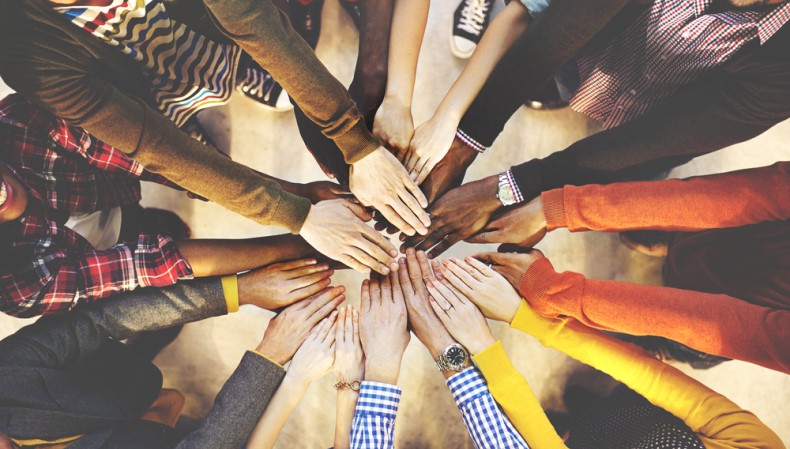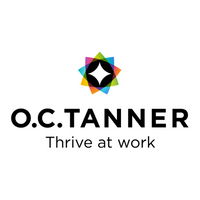The link between recognition and workplace community
Community is central to employees staying with a business and choosing to contribute to its success, but community has to be actively created, it doesn’t just happen. And although there are a number of ways to build that all important sense of belonging, one vital way is through employee recognition. In fact, workplace community and recognition are intrinsically linked.
Community makes us feel like we’re part of something, whether it’s a neighbourhood, church, school, sport or just a mutual interest. In the workplace, a powerful sense of community exists when employees feel they belong in the organisation and contribute to shared goals in meaningful ways. This is important because being part of a community means employees care about one another, and they work and grow together. The innovation and productivity of a true community is greater than the sum of its parts. And a healthy workplace community works together to make better decisions and is more committed to the company’s success.
The need to belong
O.C. Tanner’s 2023 Global Culture Report found that employees are 785% more likely to feel they belong when they have a strong workplace community. And employees crave belonging at work more than an increase in pay, better benefits, or even work-life balance. McKinsey and Associates found the top two reasons people quit their jobs are: not feeling valued (54%) and not feeling a sense of belonging at work (51%).
A key way to build community is more integrated recognition. In specific terms, this is recognition that happens frequently and is built into the daily employee experience. It’s also personalised, given for a variety of reasons, and meaningful to the employee.
So, what does integrated recognition look like? Some organisations may think that integrated recognition is all about having technology in place to keep employees connected. But it’s so much more than this.
An integrated community
Recognition that’s highly integrated occurs when giving and receiving appreciation becomes second nature – an everyday part of the culture – with recognition regularly given and seen throughout the organisation.
It’s when every in-person or virtual meeting starts with moments of appreciation (with cameras on) to celebrate successes and share highlights, with peers providing congratulations and support. It’s when technology allows employees to send recognition to colleagues and managers from their flow of work, acknowledging both large and small efforts in personalised ways. And it’s about celebrating successes in ways that suit the recipient – whether this means a low key get-together with a few team mates or a large public celebration, in each case providing symbolic awards that are meaningful and memorable. From handwritten notes that say “thank you for your support” through to large-scale recognition events, appreciation must be lived and breathed daily.
And the impact of integrated recognition is considerable. It increases the odds of a sense of community for hybrid and remote workers by 341% and 660%, respectively. When recognition happens regularly in teams, the odds of having a strong community increase 508% and when it’s integrated into the organisational culture, the odds increase 387%.
It’s perhaps unsurprising that when employees are encouraged to appreciate and recognise others, this brings people together and creates unity. In fact, organisations will struggle to create true community without the power of recognition. It really is the lynch pin that holds together organisational culture while nurturing a potent sense of belonging.
Supplied by REBA Associate Member, O. C. Tanner
Giving teams the integrated tools they need when, where and how they need them.








